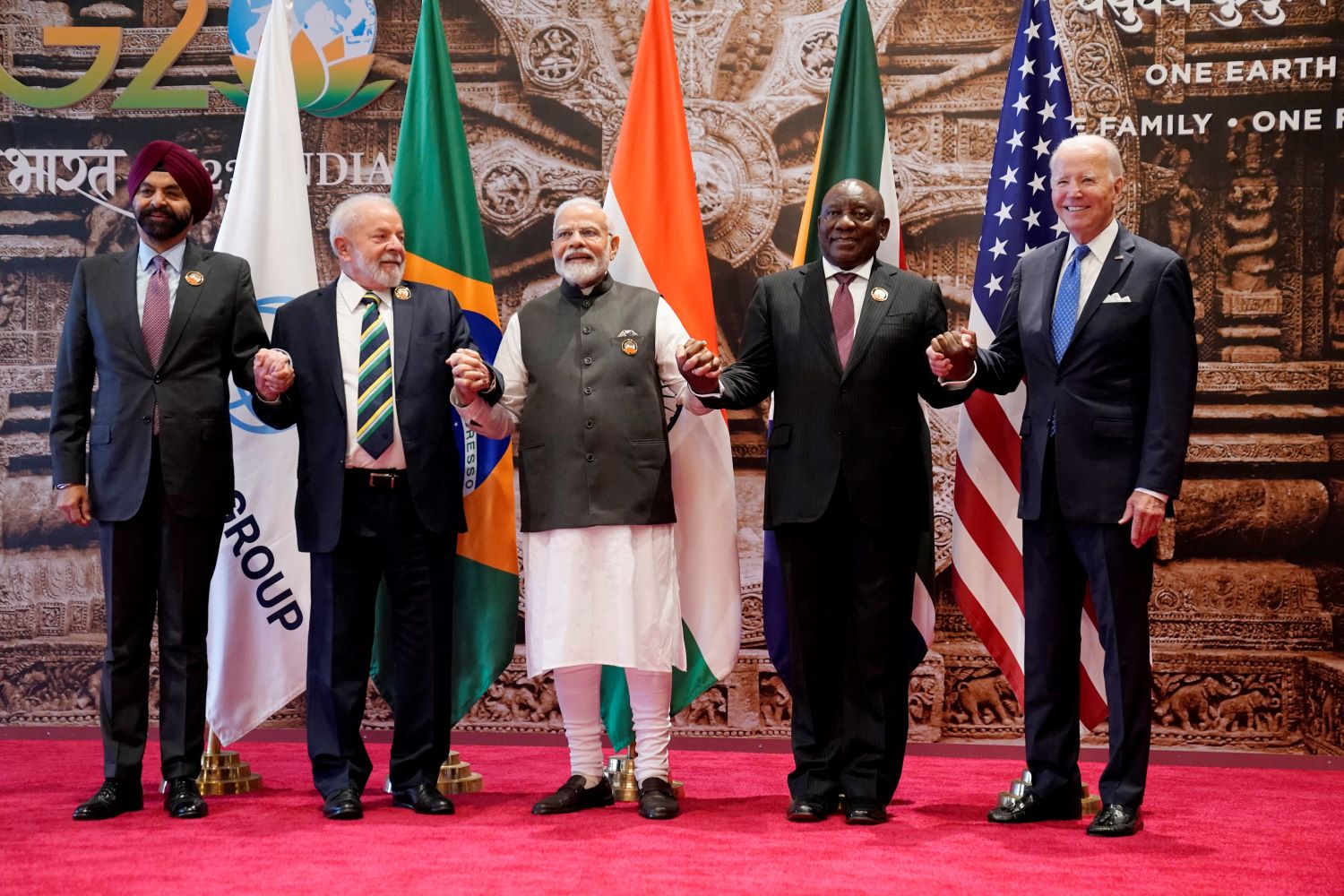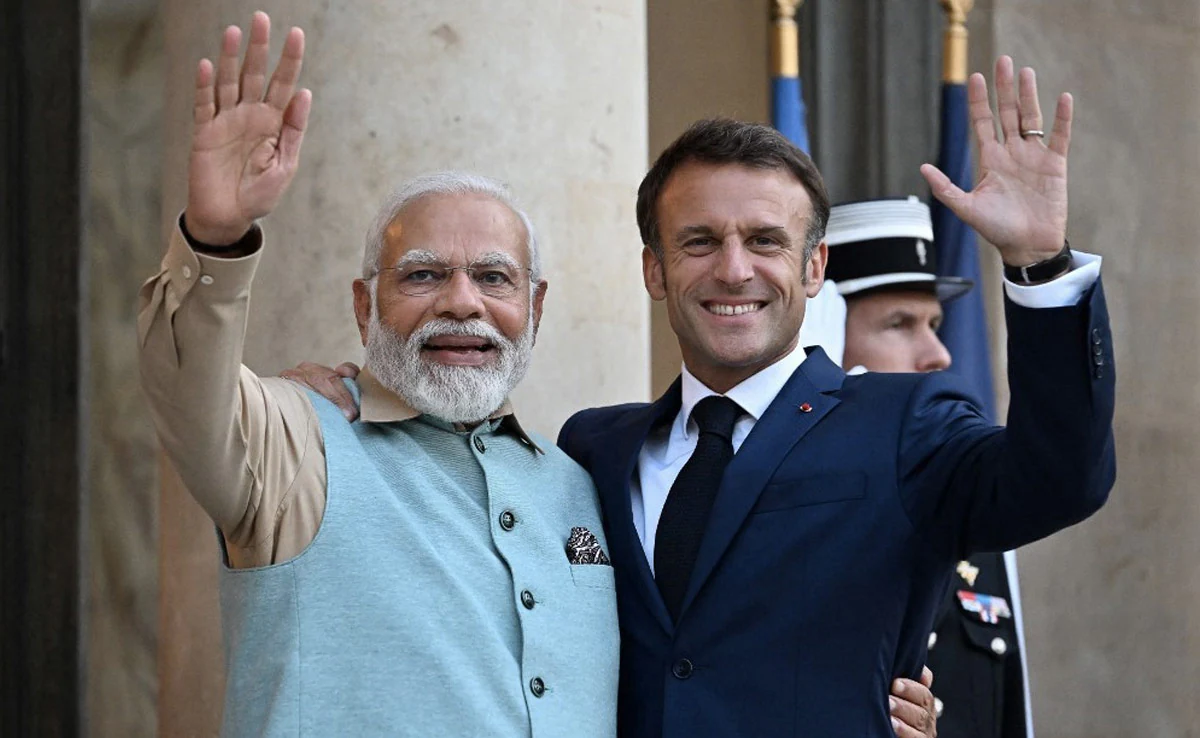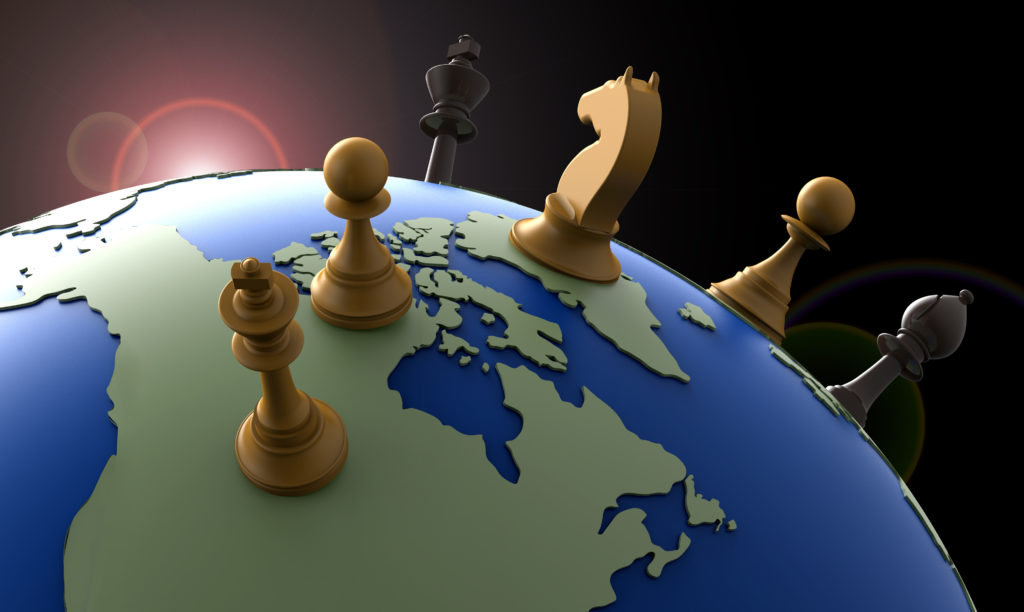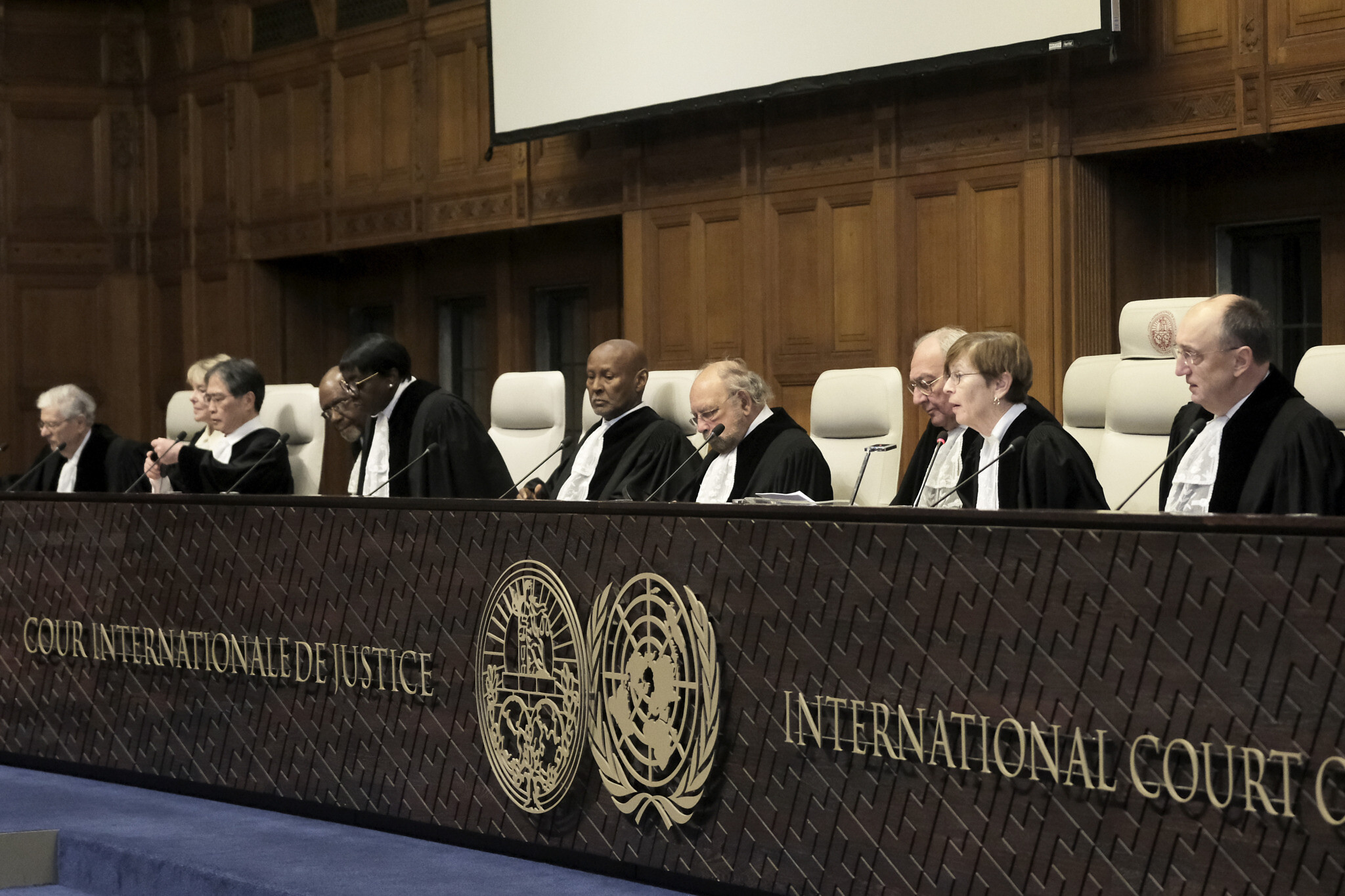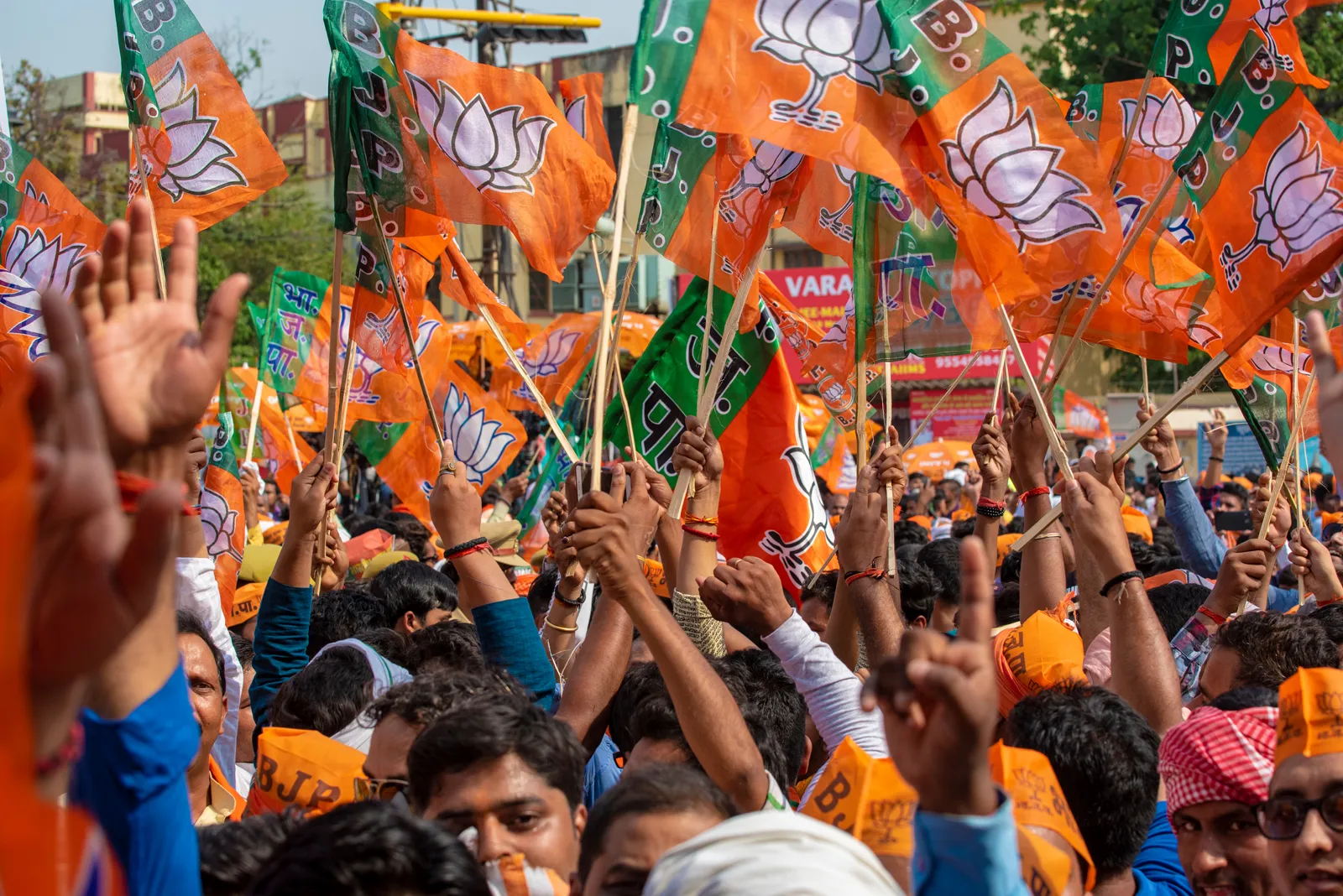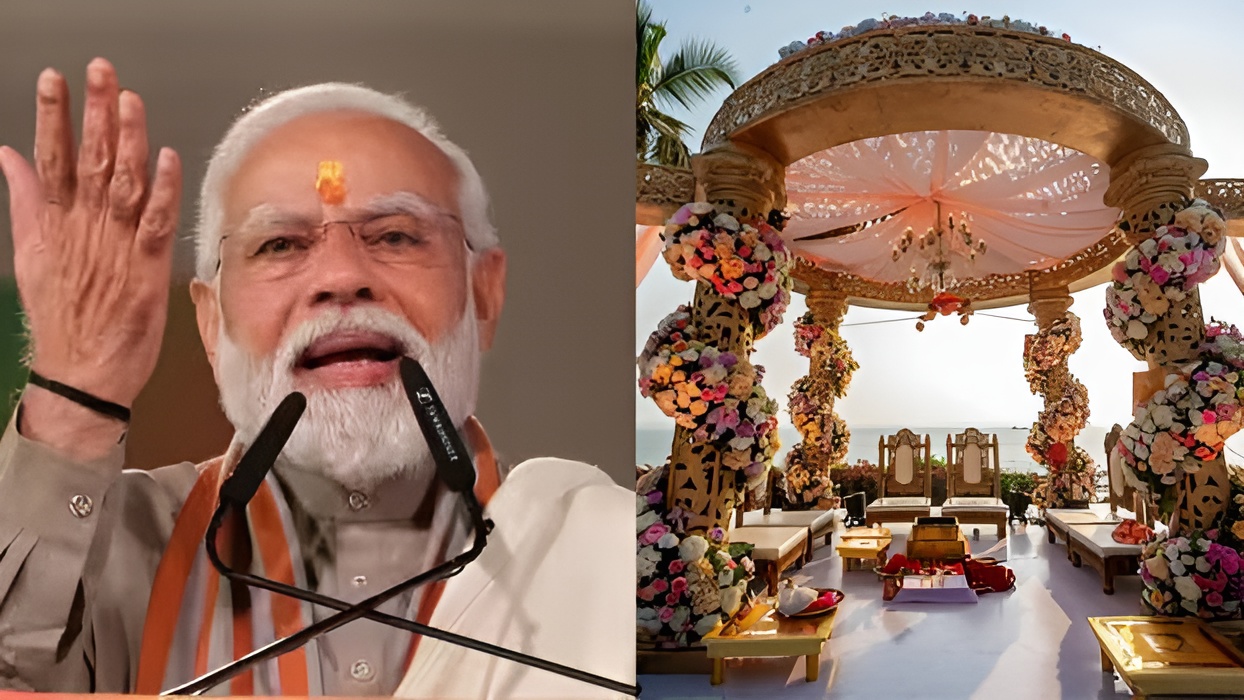India gains prominence as a powerful actor in world events, showcasing its economic might and diplomatic soft power. With his captivating leadership, Prime Minister Narendra Modi brings this old civilization to light and provides answers to the problems that divide our divided globe.
At the most recent G20 meeting, which India hosted, Modi’s concept of a “one world family” gained traction when the 55-nation African Union joined it. This bold action not only demonstrated India’s dedication to diversity, but it also established the country as a leader to be reckoned with on the international scene.
The internal mantra ‘Sabka Saath, Sabka Vikas, Sabka Prayas, Sabka Viswas’ dispels claims of Hindu triumphalism and instead establishes an inclusive tone. India’s strategy strikes a chord in a traditional yet significant way in a globe still suffering from divisions brought on by previous conflicts.
Despite the myth of Hindu communalism, India has developed stronger relations with Israel, Saudi Arabia, and the United Arab Emirates, demonstrating useful collaborations across religious divides. India’s position as a major player in the world is bolstered by its strategic partnership with the United States as well as its improved ties with France, Russia, and Japan.
Modi, known by many as a “grey eminence,” is respected and powerful around the world. India’s economic rise over the past ten years—from ranking tenth to fifth—has improved its reputation. India is expected to overtake the United States and China as the third largest economies in the world by 2027, with a GDP growth rate of about 7% annually. As India celebrates its 100th year of independence in 2047, it is expected to have grown to be a highly developed nation with a GDP that is expected to reach $30 trillion.
Echoing the nation’s past richness and influence, India’s soft power is resurrecting, paralleling this economic powerhouse. Without using force or conquest, the cultural and civilizational influence of ancient India extended far and wide, encompassing the Far East, West Asia, and beyond.
India’s attendance at Davos, a conference of world leaders and economic scholars, highlights its increasing impact on the international scene in the modern era. India has experienced a threefold increase in foreign direct investment, indicating a move towards high-tech industries including chip production, defence manufacturing, and artificial intelligence.
India’s commitment to gender parity and equity was demonstrated at Davos by Smriti Irani, the Union Minister for Minority Affairs. Irani, a trailblazer in her own right, led the push for gender parity globally and was the first Indian woman minister to represent her country at Davos.
Iran’s recent travels to Mecca and Medina, with the goal of enhancing amenities for Indian pilgrims, are a prime example of how women’s roles are changing in domains that have historically been dominated by men. Notwithstanding obstacles, India is working to promote gender equality by supporting education for girls and outlawing the use of sonograms to determine a person’s gender.
There is still work to be done, even while India is proud of its accomplishments, which include female fighter pilots, commercial pilots, policewomen, soldiers, attorneys, physicians, teachers, and judges. Merely 27% of women have entered the workforce, underscoring the persistence of patriarchal beliefs that impede their complete involvement.
Recognising that gender disparity is a worldwide concern, India utilised the Davos platform to tackle this issue. The gender alliance programme seeks to advance best practices, knowledge exchange, and investment in women’s health, education, and entrepreneurship. It is backed by the Bill and Melinda Foundation as well as several international corporate houses.
At the 54th Global Summit in Davos, when Indian nations and tech titans demonstrated their power, the project received notoriety. India positioned itself as a “credible India,” a profitable and feasible investment destination, moving past the “incredible India” myth.
In summary, India’s rise to prominence in the world arena may be attributed to both its economic development and its use of soft power diplomacy. India gains power under Prime Minister Modi’s leadership and through strategic alliances. India aspires to be the world’s most prosperous nation while also addressing global issues, as seen by its attempts for gender equality and inclusivity. With its vibrant present and rich history, India is making a strong claim to be a major force in determining the course of history, and the world is watching.
